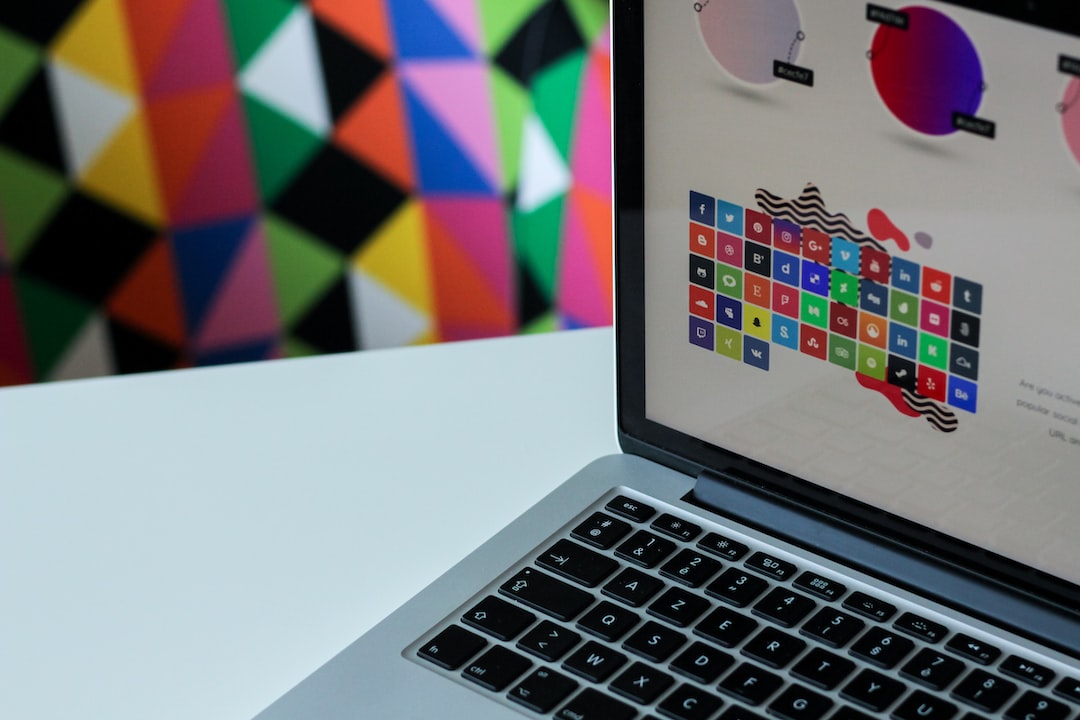Introduction
Storytelling plays an important role in web design. It helps create a narrative around a website, product, or service that engages and educates the user. Good storytelling can create an emotional connection with users, which makes them feel more invested in the website and more likely to purchase a product or follow through on a service. Storytelling also allows web designers to make complex topics easier to understand, while also creating a unique atmosphere and identity for a website.
The Benefits of Storytelling
The use of storytelling in web design can have many benefits. For starters, it allows web designers to create a narrative and atmosphere that is unique to their website. This can help users quickly distinguish between different websites and remember which one they visited. Storytelling can also be used to highlight the features and advantages of a website, product, or service in an engaging and memorable way.
Using Storytelling to Create a Connection
Storytelling can also create a strong emotional connection between the website and the user. This connection can create an atmosphere of trust and make users more likely to purchase a product or follow through on a service. By using storytelling to emphasize the positives of a website, product, or service, users can be more easily persuaded to take action.
Making Complex Topics Easier to Understand
Storytelling can also be used to make complex topics easier to understand. By creating an engaging narrative around a complex topic, users can better retain the information being presented. This can be especially helpful when presenting scientific or technical concepts, making them more accessible to a wider audience.
Crafting an Identity
Finally, storytelling can be used to craft an identity for a website that sets it apart from its competitors. A good story can capture the attention of users and create a lasting impression in their minds. This can help to solidify the identity of a website in the user’s mind, making it easier to recognize and remember in the future.
What is Storytelling?
Storytelling is a powerful tool that has been used for centuries to educate, entertain, and convey values and messages to its audience. It is a means of connecting with the audience on a personal level and providing them with an engaging experience. The use of stories  in web design can be beneficial in many aspects such as creating an emotional connection with the user, driving action, and sending a message.
in web design can be beneficial in many aspects such as creating an emotional connection with the user, driving action, and sending a message.
How Does Storytelling Enhance Web Design?
Using storytelling techniques in website design can help to bring a website alive by engaging the user in an emotional way that other forms of content cannot. Stories can draw users in and keep them engaged by taking them on a journey with a compelling story arc. Rather than just focusing on facts and figures, storytelling can create an immersive experience for the user, making them more likely to stay longer on the website and further explore the content that is being offered.
Storytelling can also be used to drive action. By crafting a story that resonates with users, it can be used to motivate users to take a desired action by evoking an emotional response. For instance, an ecommerce website that tells a story of a customer who finds something that they love and are excited to purchase is more likely to lead to a conversion than simply showing a product with no explanation or context.
Furthermore, storytelling can be used to convey a message or value that a website is trying to promote. Whether it’s a company’s mission statement or a message of social responsibility, storytelling creates a much more effective way of conveying these messages than simply stating them in a factual manner. By using storytelling, websites can more effectively communicate their goals and values to their users.
Examples of Storytelling in Web Design
There are plenty of examples of effective storytelling in web design out there, from large brands to small businesses. For instance, the website for Toyota Hybrid’s does a great job of incorporating storytelling into their website. Through clever use of visuals and copy, the website tells the story of a driver who discovers the benefits of Hybrid vehicles and the positive effect it can have on the environment. By telling this story, the website helps to connect users emotionally to the brand, furthering their commitment to environmental sustainability.
Another example is Dow Jones & Company, which uses storytelling to their advantage by sharing the story of the creation of the company. Through visuals and text, the website tells the story of how the company was founded and how it has grown and evolved into the iconic brand that it is today. This helps to show users the history and values of the company and establishes a greater connection with them.
Best Practices for Storytelling in Web Design
When using storytelling in web design, there are certain best practices that should be followed to ensure that the story is effective.
Firstly, the story should be relevant to the website and its mission. If the story is too far removed from th e website’s purpose, it will not be effective in engaging users.
e website’s purpose, it will not be effective in engaging users.
Secondly, the story should focus on the user and how they can benefit from the website or product. By centering the story around the user, it will help to connect them emotionally to the website and make them more likely to take action.
Thirdly, the story should be concise and provide enough information to keep the user engaged without overwhelming them. Too much information can be counterproductive and cause the user to become confused or bored.
Finally, be sure to include visuals in the storytelling process. Visuals are an effective way of bringing a story to life and can help to engage users more than just text alone.
Conclusion
Storytelling is an important part of web design as it helps to create an emotional connection with users and drive action. When used properly, it can be a powerful tool in communicating a website’s message and motivating users to take action. Using examples from larger brands and best practices, anyone can incorporate effective storytelling into their website design.
Storytelling is an important part of web design, as it helps draw users in and makes a website more engaging. There are a variety of ways to incorporate storytelling into web design, such as through the use of text, imagery, videos, and even animation. Here are some examples of how storytelling can be used in web design:
- Creating a welcome message that introduces the user to the website and hooks them into wanting to explore further.
- Organizing content in a way that guides the user through the story, such as using images, headings, and text to create a narrative.
- Using visuals to tell a story, such as using infographics to explain a process or illustrate a timeline.
- Incorporating videos or animation to bring the story to life and engage the user.
Overall, leveraging storytelling in web design helps create a connection between the user and the website, making it easier for them to comprehend the message being conveyed.
To go fruther on the topic
If you’d like to explore more on the topic of The role of storytelling in web design, we recommend the following litterature:
1. Aaker, David, and Mary Jo Hatch. “Storytelling as a Strategic Communication Tool.” Academy of Management Executive, vol. 15, no. 4, 2001, pp. 7–20.
2. Bergen, Jonathan. “The Power of Storytelling in Web Design.” UX Magazine, 10 Feb. 2020, uxmag.com/articles/the-power-of-storytelling-in-web-design.
3. Dachis, Adam. “The Art of Telling Your Brand Story.” Harvard Business Review, 16 Dec. 2011, hbr.org/2011/12/the-art-of-telling-your-brand-story.
4. Hickman, Mariah. “Storytelling in Web Design: Process & Principles.” Refactoring UI, 6 Oct. 2020, refactoringui.com/articles/storytelling-in-web-design/.
5. Kelleher, Theresa. “The Power of Storytelling in Web Design.” Innovative Marketing, 7 Dec. 2018, innovationinmarketing.org/the-power-of-storytelling-in-web-design/.
6. McCray, Wendy. “Using Storytelling in Web Design to Elevate Your Brand | Creative Bloq.” Creative Bloq, 8 May 2018, www.creativebloq.com/features/using-storytelling-in-web-design-to-elevate-your-brand.
7. « Storytelling in Web Design. » Webflow, webflow.com/blog/storytelling-in-web-design.
8. Trottier, Dan. “Storytelling in Web Design: An Introduction.” Learn Squared, 8 Dec. 2019, learnsquared.com/articles/storytelling-in-web-design-an-introduction/.


